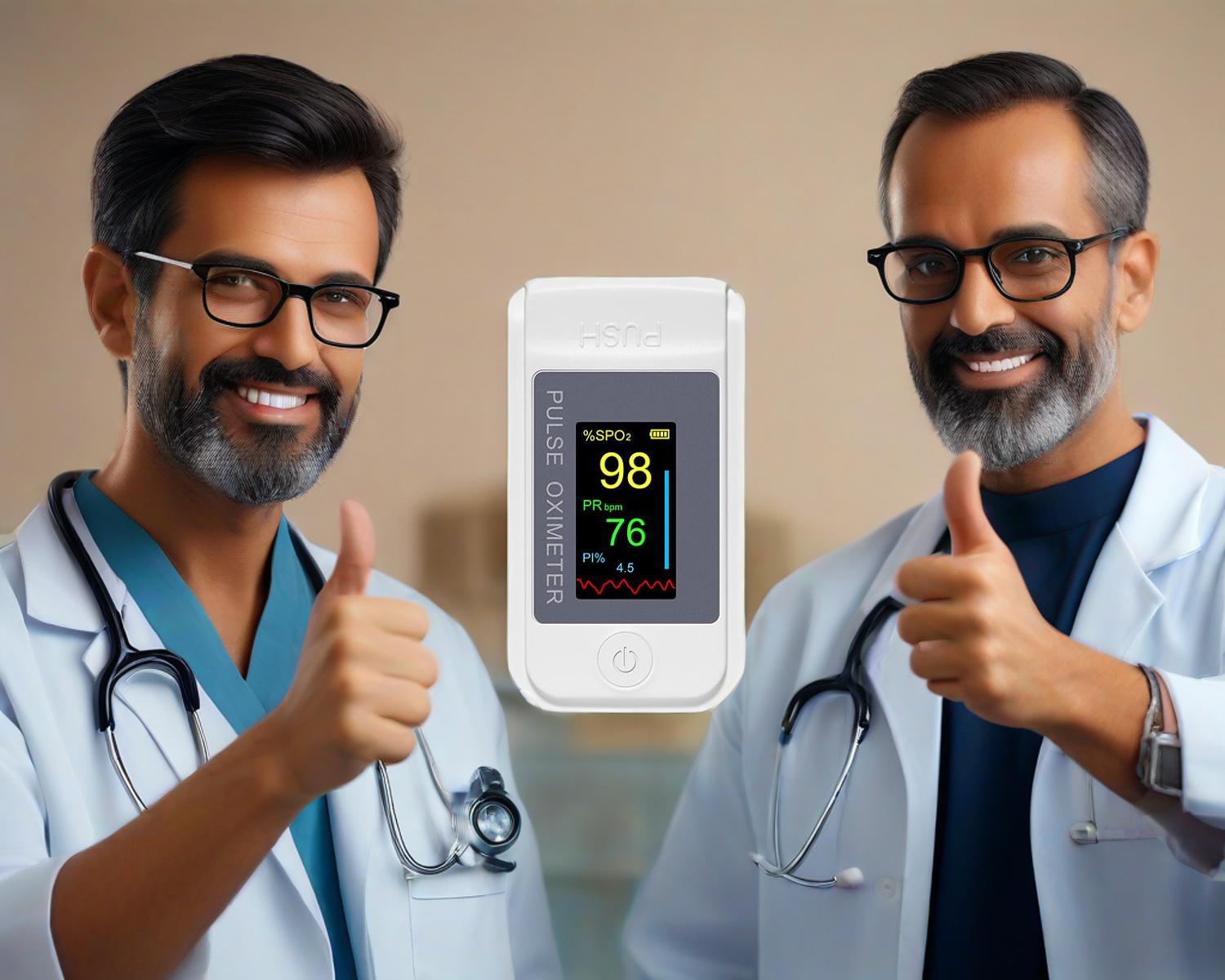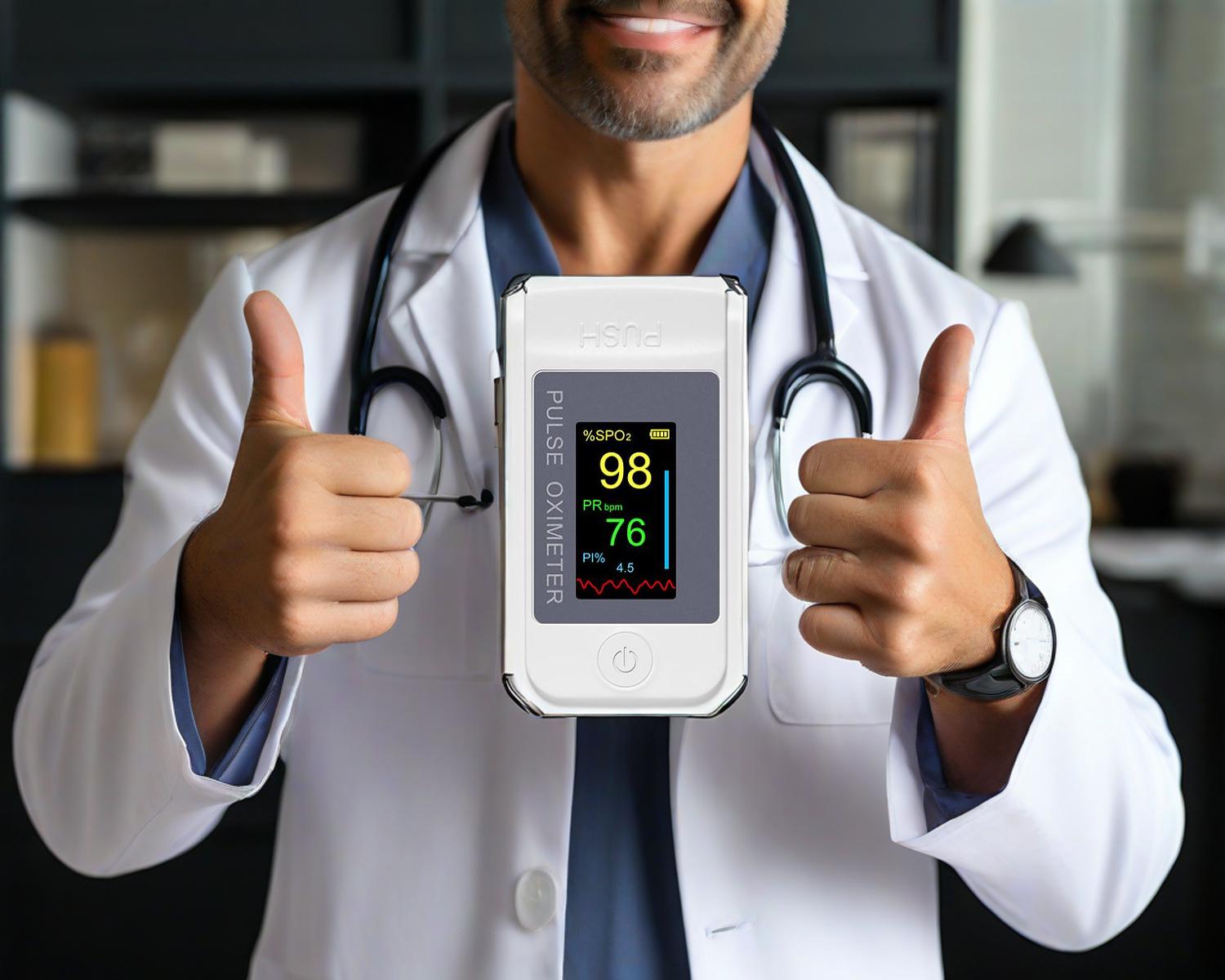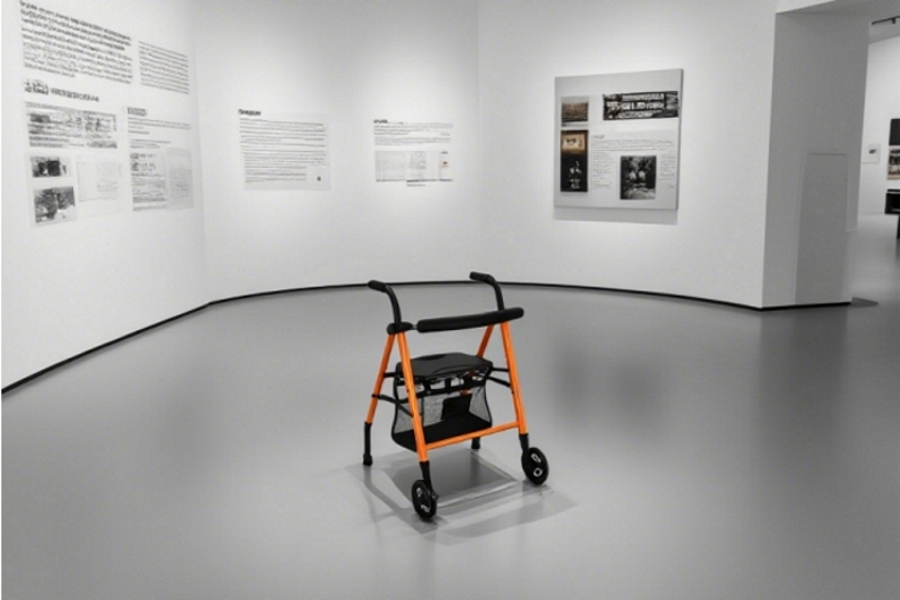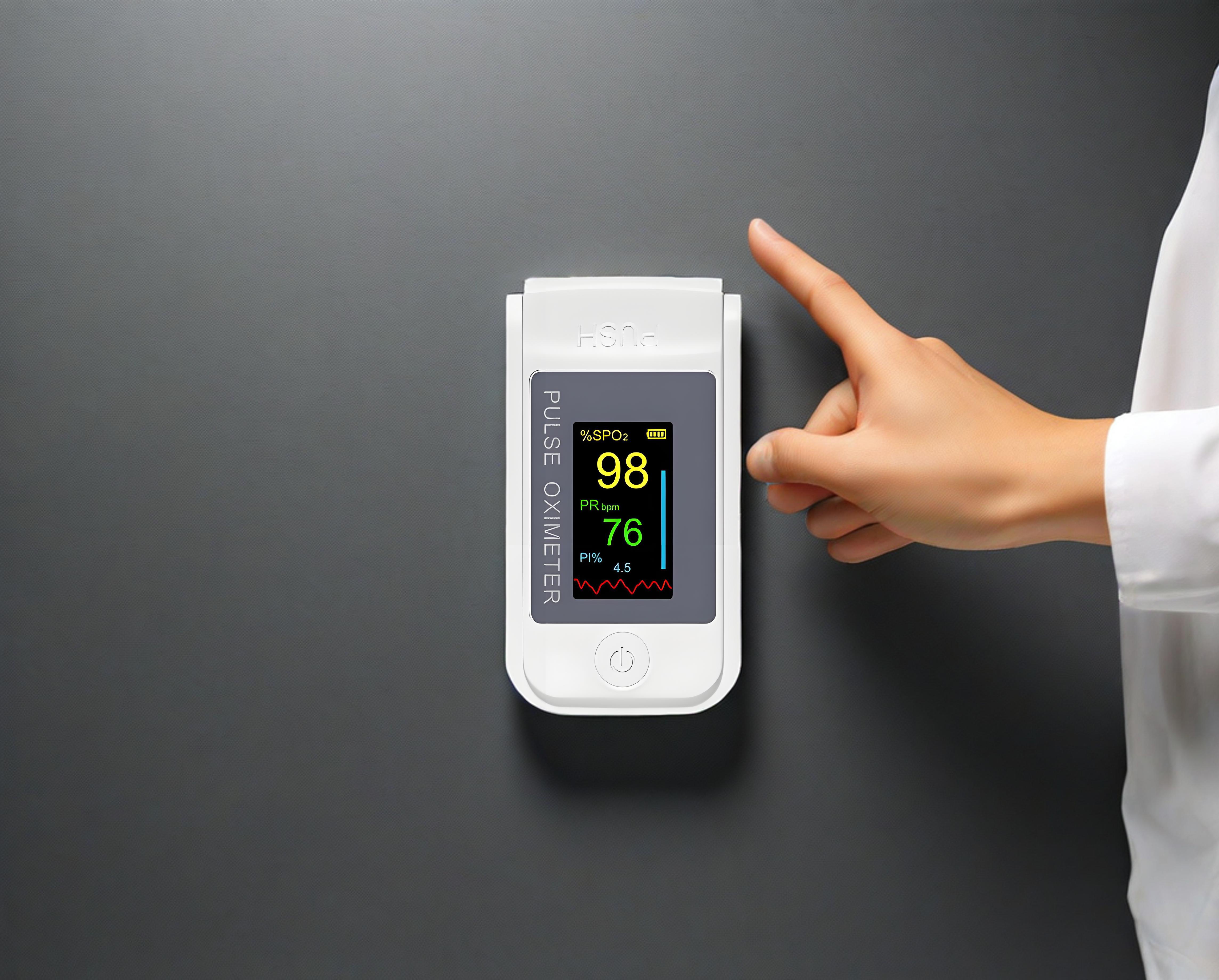Nowadays, as people pay more and more attention to their health, the finger pulse oximeter, this "little guy", has quietly emerged. Despite its small size, it has great capabilities and is like a little health guardian at our fingertips, constantly safeguarding us.
1. Working Principle: The Magical "Dance" between Light and Blood
The blood oxygen monitor, formally known as the pulse oximeter, utilizes non-invasive optical technology. The light source in the instrument emits red light of approximately 660nm and infrared light of about 940nm, which penetrate into the peripheral tissues of the fingers. The oxygenated hemoglobin and deoxygenated hemoglobin in the blood are like dancers with different preferences. The former is fond of infrared light, while the latter prefers red light. After the light passes through the tissues, its intensity changes and is captured by the photodetector, which is quickly converted into an electrical signal. Through the built-in algorithm, the blood oxygen saturation (SpO2) and pulse rate are accurately presented within a few seconds.
2. Interpretation of Key Indicators: The Health Code of the Body
Blood Oxygen Saturation: The "Oxygen Barometer" of Life.
Blood oxygen saturation is a crucial indicator, just like the "oxygen barometer" of the body. For healthy adults at rest, it should be within the range of 95% - 100%. When it drops below 95%, the body will sound the "hypoxia alarm". Hypoxia in the brain can cause dizziness, drowsiness, and even coma in severe cases; hypoxia in the heart will increase its burden, leading to palpitations and chest pain, and over time, it may damage the myocardium; hypoxia in the lungs will result in rapid and difficult breathing.
Pulse Rate: The "Heartbeat Metronome" of the Heart
The pulse rate is the "heartbeat metronome" of the heart. For normal adults, it is between 60 and 100 beats per minute. Factors such as exercise, emotions, and diet can cause it to change. When exercising, the body needs more oxygen, and the heart beats faster, causing the pulse rate to rise. If the pulse rate is abnormal when at rest, it is a warning sign from the body.
3. Applicable Populations: Who Needs this "Little Guardian" the Most?
- Patients with Chronic Diseases: An Intimate Health Assistant.
- The Elderly: The Health Bodyguard in Their Later Years.
- People in High-Altitude Areas: The Reassuring Treasure on the Plateau.
- Sports Enthusiasts: The Wise Advisor for Sports.
4. Usage Methods and Precautions: Getting Along Well with the "Little Guardian"
Usage Methods: The Little Tricks for Easy Operation
Using the pulse oximeter is simple: First, fully charge it or replace the battery; Wash the measured finger with soap and warm water; Gently clip the probe at the end of the finger, with the nail facing up to ensure a good fit; Turn on the instrument, and after the initialization and self-check are completed, press the button as needed. During the measurement, keep the finger still and do not apply pressure. After a few seconds, check the stable values on the display screen. If you are not sure, you can measure several times and take the average.
Precautions: The Key Points for Caring for the "Little Guardian"
Although the oximeter is good, there are some considerations when using it. It should be used in an environment with normal temperature, dryness, and no strong electromagnetic interference. High-temperature, humid, or cold environments will affect the results. For example, it may not be accurate when measured with cold fingers in winter. There are differences in finger thickness, skin color, and nail thickness among individuals. Those with thick fingers or nails should pay more attention when clamping the probe. There may be some deviations in the measurement results for people with dark skin, but the general trend can still be seen. Wipe the instrument with a damp cloth usually, and avoid corrosive cleaning agents. Do not disassemble it randomly. If there is a malfunction or the result is abnormal, contact the manufacturer or maintenance personnel. Moreover, it is just an auxiliary tool. If the result is abnormal and accompanied by symptoms such as difficulty breathing, seek medical attention immediately.
The finger pulse oximeter is convenient and practical. By understanding this knowledge, we can make good use of it to protect our health.





